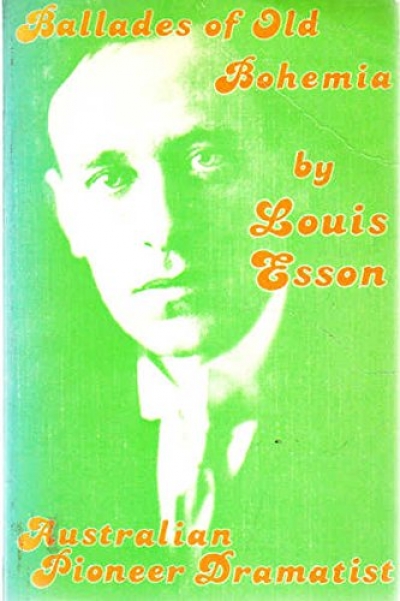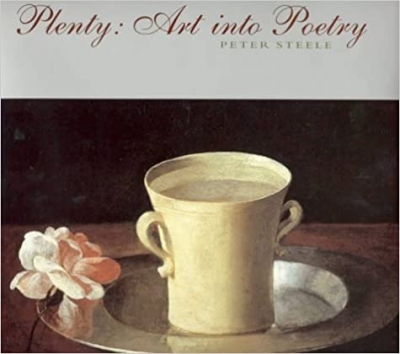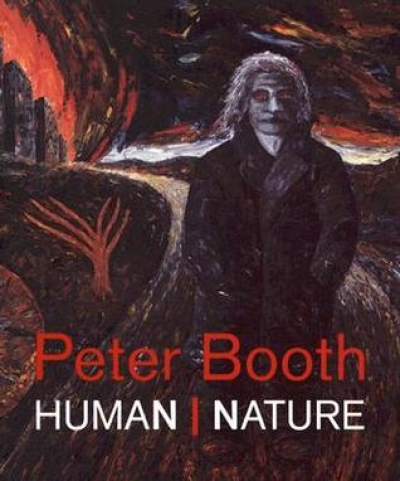Archive
Ballades of Old Bohemia: An anthology of Louis Esson edited by Hugh Anderson
The Boy Adeodatus: The portrait of a lucky young bastard by Bernard Smith
Peter Booth: Human/Nature by Jason Smith (with contributions from John Embling and Robert Lindsay)
Meanjin Vol. 66, No. 1 edited by Ian Britain & Overland 186 edited by Nathan Hollier
Dreaming of East by Barbara Hodgson & Women of the Gobi by Kate James
Murder in Amsterdam by Ian Buruma & Infidel by Ayaan Hirsi Ali
Who has not heard of “Yabba”, Sydney’s greatest barracker?’, asked the Listener In in February 1937. The Listener In was not the only radio magazine intrigued by a new Australian cricketing identity. Two identities, in fact: Myra Dempsey, who was covering the 1936–37 Ashes series for 3BO Bendigo; and Dempsey’s discovery, ‘Gabba’, a female counterpart to ‘Yabba’. A fixture at the Sydney Cricket Ground for a generation, ‘Yabba’ (Stephen Gascoigne) scored an entry in the Australian Dictionary of Biography and remains a fixture in Australian cricket histories. But Dempsey, a minor celebrity in her day as the first female cricket broadcaster in Australia (and probably the world), remains unknown to broadcasting and cricket historians alike.
... (read more)








